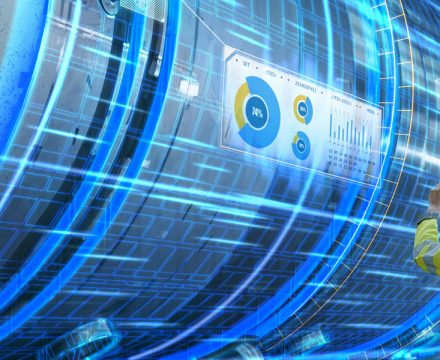Changes with industry 4.0 technologies are currently at the peak all over the world. Various industries are facing a drastic change from artificial intelligence (AI), internet of things (IoT), automatic driving, drone technologies, etc. The railway industry is also seeing wide use of industry 4.0 smart technologies in line with the change in the industries. The representative cases are introduction of realistic technologies such as VR and AR extensively used by the entertainment industry on the back of robust digital transformation using IoT and big data. From design verification of railway cars to training of operators and maintenance mechanics, we checked how realistic technologies can be used in the railway industry from the cases of Hyundai Rotem.
Reasons of increased attention to realistic technologies in the railway industry
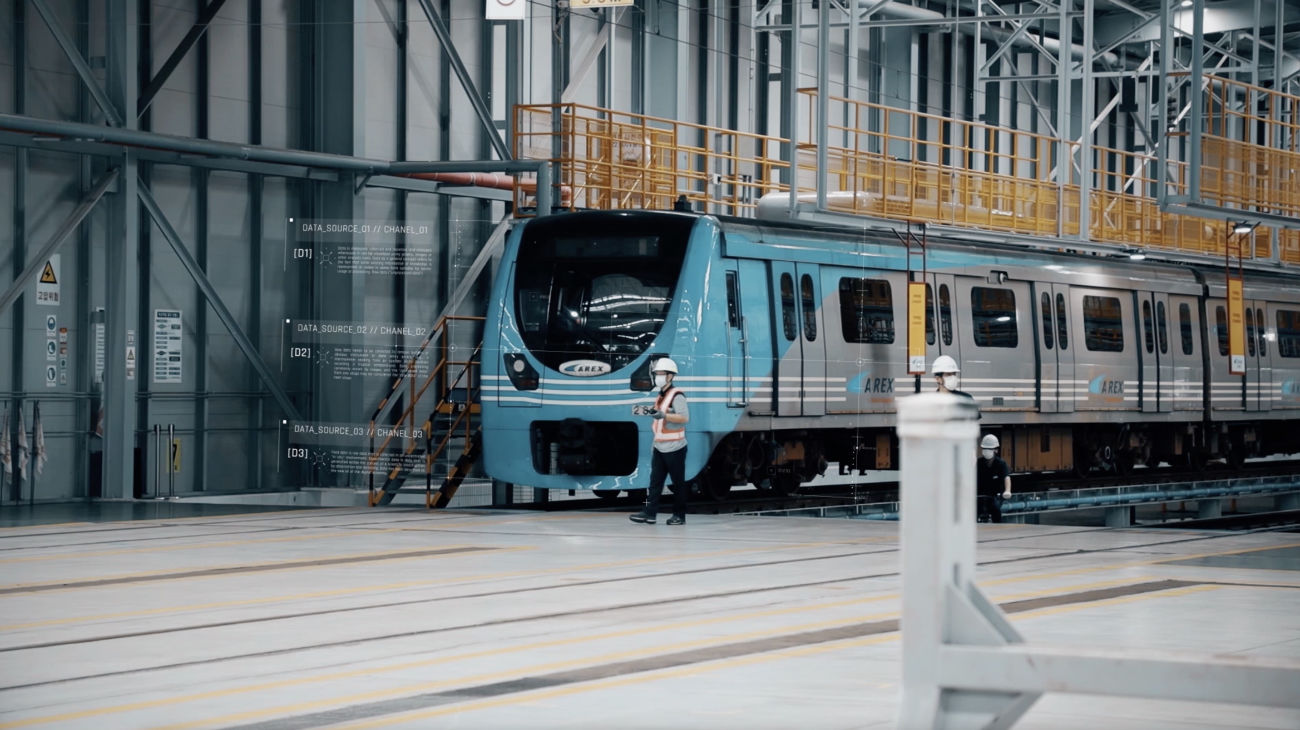
The reason that the railway industry is recently focusing on realistic technologies such as VR and AR is applicability to various tasks. It is their unique strength that they make a three-dimensional (3D) content, not two-dimensional (2D) content, that can be used across the railway industry once produced. For example, when a content is developed, it can be used to develop a digital aerial view and mockup, which then can be used for various tasks from design to verification, inspection and maintenance and further to user education. For this reason, Hyundai Rotem is focusing on content utilizing realistic technologies.
Also, 3D content can deliver information more vividly and accurately, and improve understanding of relevant industries. According to the Science and Technology Policy Institute, productivity increases when industry 4.0 technologies are applied to main industries. In reality, airplane manufacturer Airbus reported that they could shorten the airplane inspection time by approximately 86% using AR technology; they created a 3D view of airplane using AR technology, which was very close to the actual look, thereby promoting the uptake of mechanics and increasing their work efficiency.
VR technology enhances the perfection of products with a digital mock-up
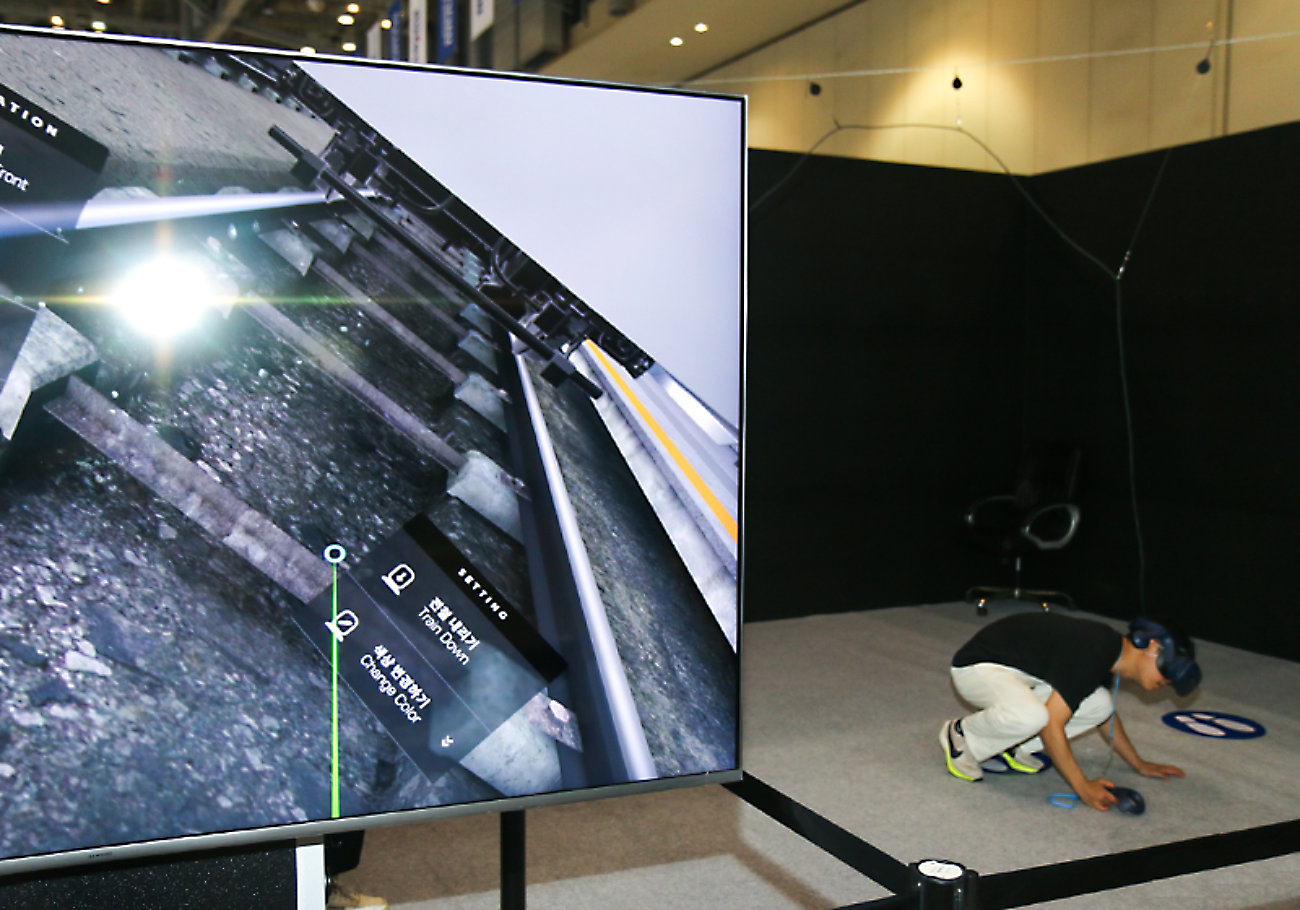
Hyundai Rotem is actively utilizing realistic technologies for their usability and scalability. First of all, they employed a VR content in the design and production phase to increase the preciseness and verification efficiency and developed a digital mock-up showing the interior/exterior design of trains before production using VR technology; it is a 3D image transformed from a general 2D aerial view of train’s interior/exterior by modeling the design data in a virtual environment. The 3D image provided a more stereoscopic and direct view of the interior/exterior design of trains.
Digital mock-ups can shorten the time required for design review and correction, and secure more time for design and production. Also, they facilitate closer collaboration between the design and production sectors, making a room for review in more various aspects such as maintenance, production convenience and safety. Such change leads to quality improvement in railway cars after all. For reference, Hyundai Rotem is also actualizing the virtual image using a rendering technique to reduce unfamiliarity.
Extensive use of AR in the maintenance and training field
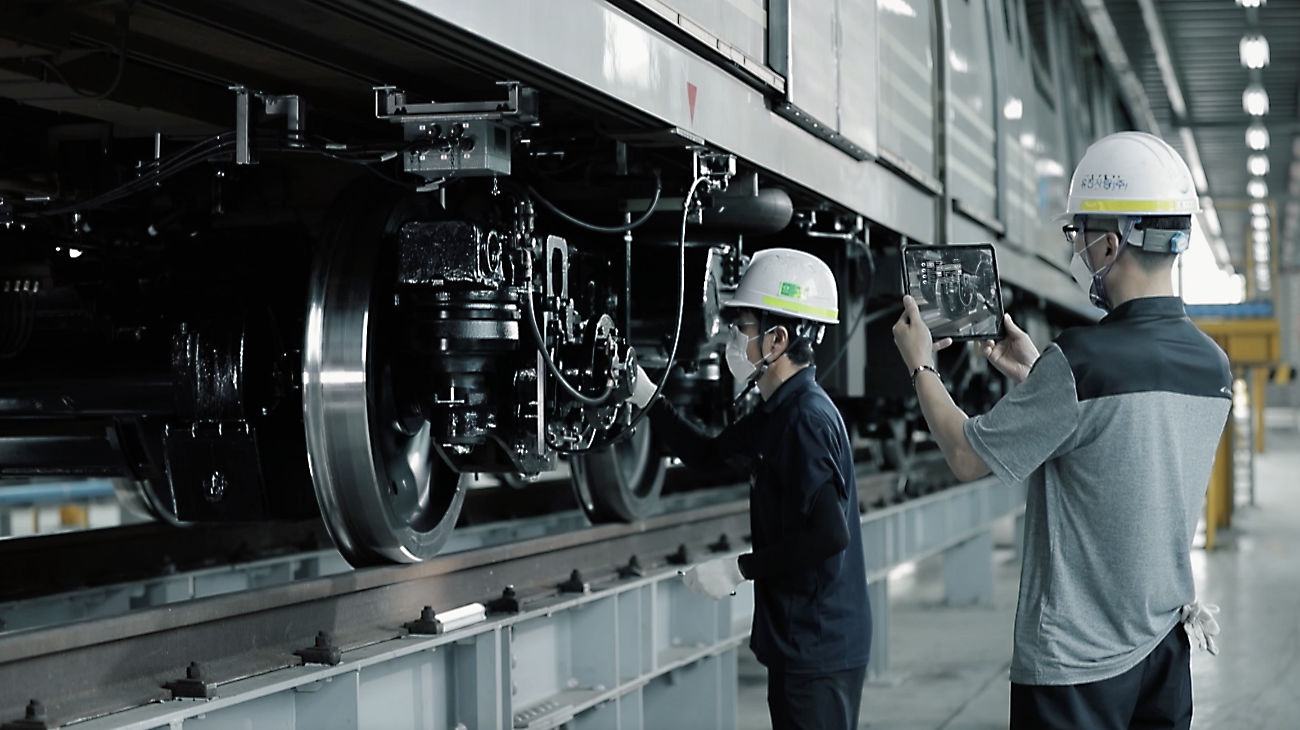
AR technology is also widely used for maintenance training, together with the CBM(condition-based maintenance) system. The CBM refers to the process where the condition data of trains’ main components are checked real time by IoT, wireless network and big data technology for efficient maintenance. When AR technology is applied in addition, it can provide various contents real time such as diagnostic train condition data, failure response and preventive inspection methods, and maintenance manuals.
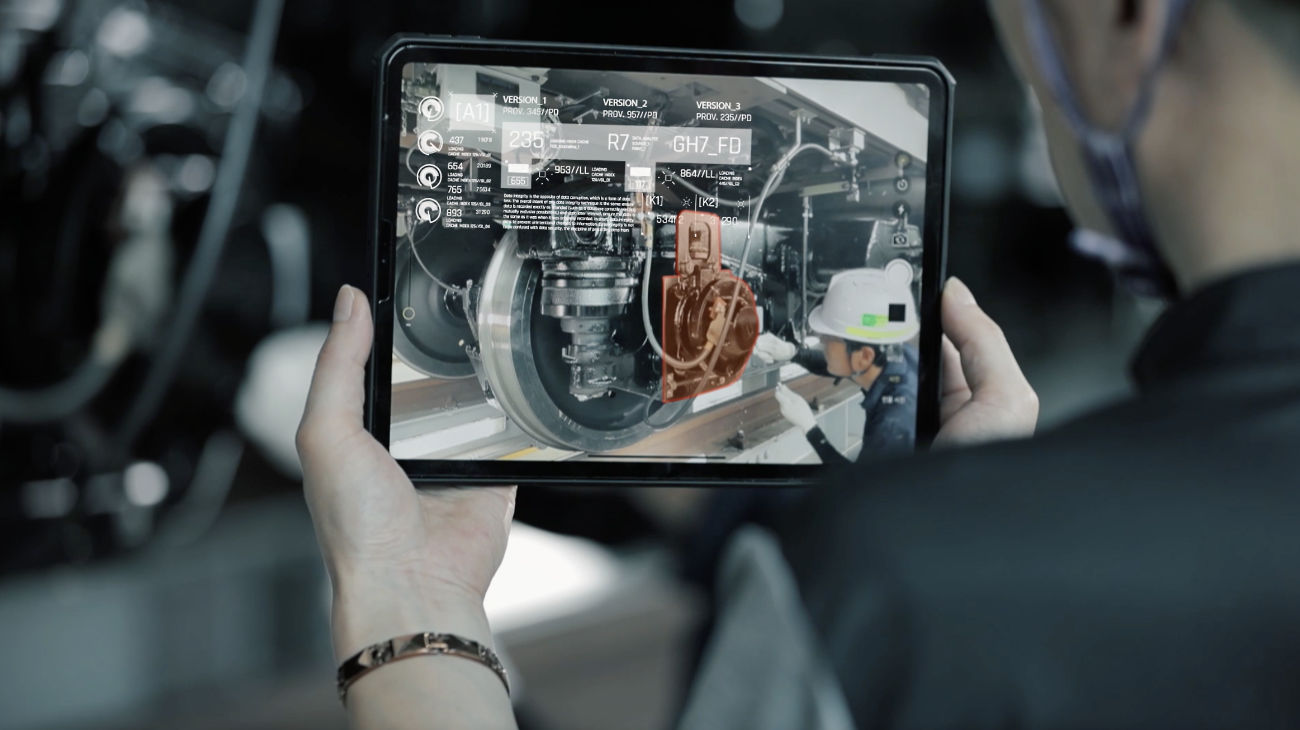
AR content is also extensively used in training for operators and maintenance mechanics. The representative is an operator simulator that helps learn the structure of operating room and manipulation method without actually riding a car. Training content for maintenance mechanics provides information on maintenance for the difficult-to-reach areas such as the upper and lower part of trains and repair methods for failures. The essence of AR technology is to identify an object more easily by creating an AR image of the object. Hyundai Rotem has developed content that recognizes components using a barcode and tablet PC and will expand it into shape recognition.
Realistic technologies are expected to include olfactory sense, tactile sense, and information of surroundings, not to mention visual sense. According to a report, Emergence and Ripple Effect of Realistic Economy published by the Software Policy Report Institute (SPRI), realistic technologies will create economic values of up to KRW41.3 trillion in domestic production, KRW15 trillion in added value and 187,000 employments by 2023. Realistic technologies will prove its real worth when employed for massive and heavy facilities such as rolling stocks in particular. Hyundai Rotem is developing systematic design and manufacture technologies for the automobile industry by creating a virtual collaboration environment using VR and AR and will begin to apply such knowhow to the railway industry progressively. The railway industry will see epoch-making changes accordingly. Hyundai Rotem is continuing to make technological innovations and advances on the quiet to provide improved railway cars and various digital content services as above.

